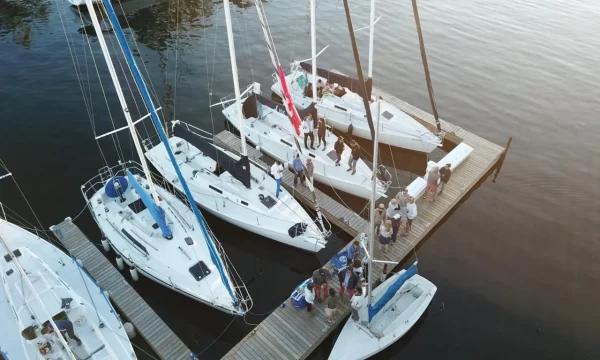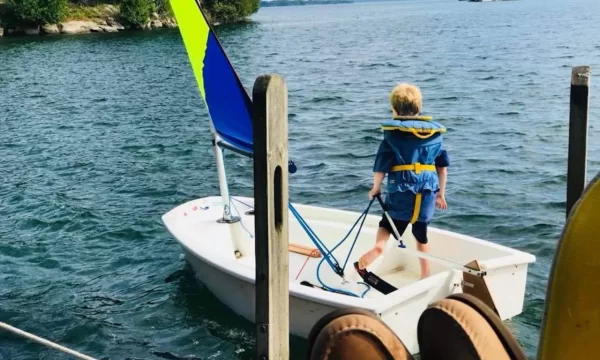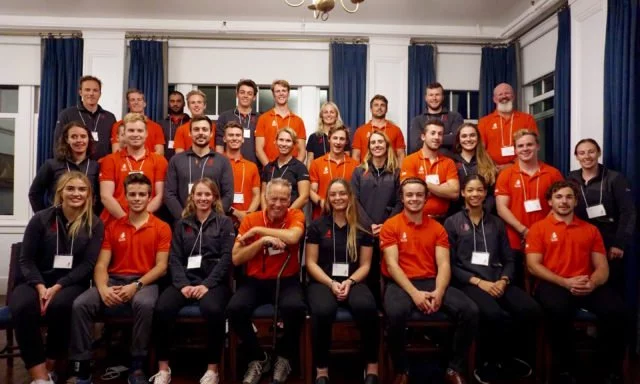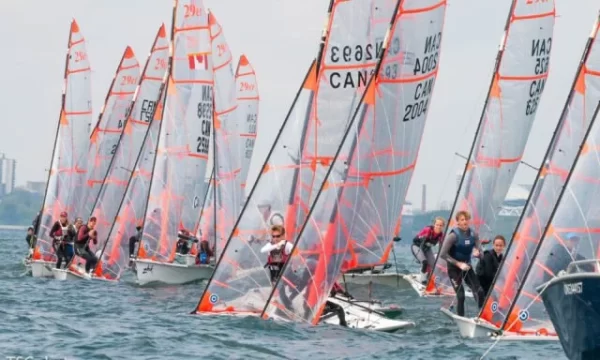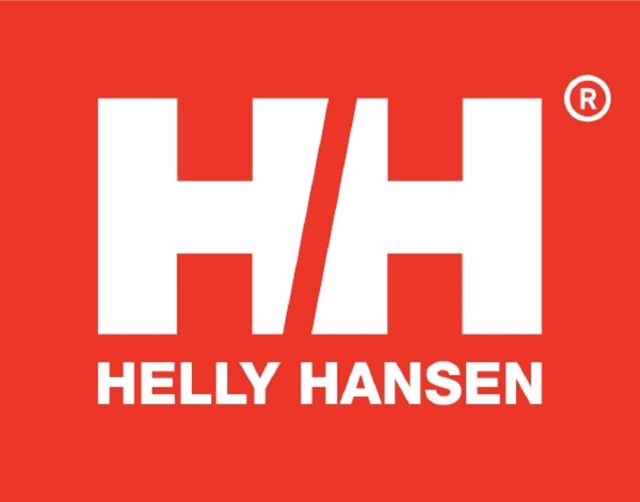LONG TERM DEVELOPMENT 3.0
Sport has the potential to have a long term positive impact on everyone’s lives and that its value goes beyond playing a game, health & exercise, and winning. Canadians value sport as a way to instill character and positive values in a way that is personally satisfying and that fosters stronger and more inclusive communities. Kids who participate in play and sport can not only gain the opportunity to participate in physical activity for life, but also to connect with positive role models, connect with the natural world, and a positive environment – which can all have significant long term benefits. – (CCES).
Power of Sport – Canadian Center for Ethics in Sport
1. Quality sport
Quality sport is a concept with asks us to strive to do better. It begins with good people, good places & good programs and is something we can continually strive to improve.
Good People; who are caring, safe,educated and knowledgeable, including; coaches, volunteers, officials, instructors, guardians, caregivers, leaders & partners.
Good Places; that create good feelings and are inclusive and welcoming, safe, fun, and fair.
Good Programs; that are safe, participant centred, progressive, challenging, well planned, & designed for meaningful competition with a long term perspective. These programs are also tailored to participants age and stage.
 Across all paths in sport, the importance of positive culture & values is becoming increasingly apparent. For sailing programs in any context, working to create facilitative environments is important – environments which are both; in the challenge zone and have high expectations along with accountability, AND high support, enabling people to develop personally, promote learning and a growth mindset & build trust – places where individuals feel they can strive towards long term goals.
Across all paths in sport, the importance of positive culture & values is becoming increasingly apparent. For sailing programs in any context, working to create facilitative environments is important – environments which are both; in the challenge zone and have high expectations along with accountability, AND high support, enabling people to develop personally, promote learning and a growth mindset & build trust – places where individuals feel they can strive towards long term goals.
2. Long term “athlete” development to long term development in sailing
Previous “long term athlete development” frameworks were linear age and stage based progressions of skill development towards competitive success. While still committed to performance in competition, this project is about widening our perspective and illustrating and considering all the pathways available. It’s especially important because of sailing’s variety and the potential for people to be involved through their whole lives in different ways. There is no one definition of a sailor and we should support and appreciate all aspects of the sport.
3. Interconnected pathways
We all start by learning fundamental skills. As our fundamental skills develop, how we continue to participant in the sport is unique – no one has the same pathway or goals in sailing. Over time as we move through different stages of learning and life, many of us will want to participate in different aspects of the sport. Sailing is made up of interconnected pathways and an individual’s circumstances, experience and motivation shape how they engage with the sport. Regardless, development should be a long term process.
One thing everyone has in common is the transitions we all face as we grow and our life evolves. Transition happen through the stages of growth and stages of lives; from moving from high school to university to developing a career & family. These transitions can also happen between different classes, clubs/programs, sports, or anything else.
As participants negotiate these stages and transitions, their ability to participate & their perspective on the sport can change. It’s up to all of us to work to communicate, collaborate and to be creative and open minded about how we can actively adapt participation opportunities in sailing to be relevant, welcoming and accessible and meet people where they are.
4. Physical Literacy
We know that sport is more than just physical activity and along with recreation, adventure and competition, sailing can become part of our community, our identity, our shared connection and a lifelong pursuit. Physical literacy means “the motivation, confidence, physical competence, knowledge and understanding to value and take responsibility for engagement in physical activity for life”.
The increased scope to include “motivation, confidence & social connectedness”, recognizes how critical these components are to helping people participate and grow in sport. This also challenges us to move beyond supporting only technical skill development within our programs and education and think more braodly about supporting participants/athletes.
5. Meaningful competition
Meaningful competitive opportunities are specifically tailored to the participants, and adapted for their long term development and success in competition. This is particularly important in the learn to sail, train to train & competitive for life stages. How participants are introduced to competition matters at any age.
Meaningful competition;
-Is intentionally planned to support the skill development in competition and is in the “challenge zone”. ie. not too difficult or too easy, resulting in close competition without blowouts.
-Is inclusive and offers equal competition opportunities.
-Minimizes costs & travel time.
-Meaningful competition planning includes correct training load, recovery, and periodization.
-Is creatively modified for specific chronological ages & stages of development – be it the duration, rules or race format, often to promote fun, effort, community and progression. This applies equally to all stages of development, including adult programs, which can modify traditional competition formats to accommodate the demands on modern life.
| Early specialization: it’s worth remembering that sailing is, in general, a “late specialization” sport with peak performance likely happening in athletes’ mid 20s to early 30s, similar to rowing, triathlon, longer distance athletic events, golf etc… Overall, research supports that early specialization in a single sport inhibits both the development of physical athleticism, physical literacy, and creative decision making to succeed at high levels of competition. Early and/or over specialization also measurably increases the risks of overuse injuries & burnout in adolescent athletes. For young participants in any stage, informally and formally participating in a variety of sports will contribute to better outcomes long term in any sport an individual chooses to pursue. |

